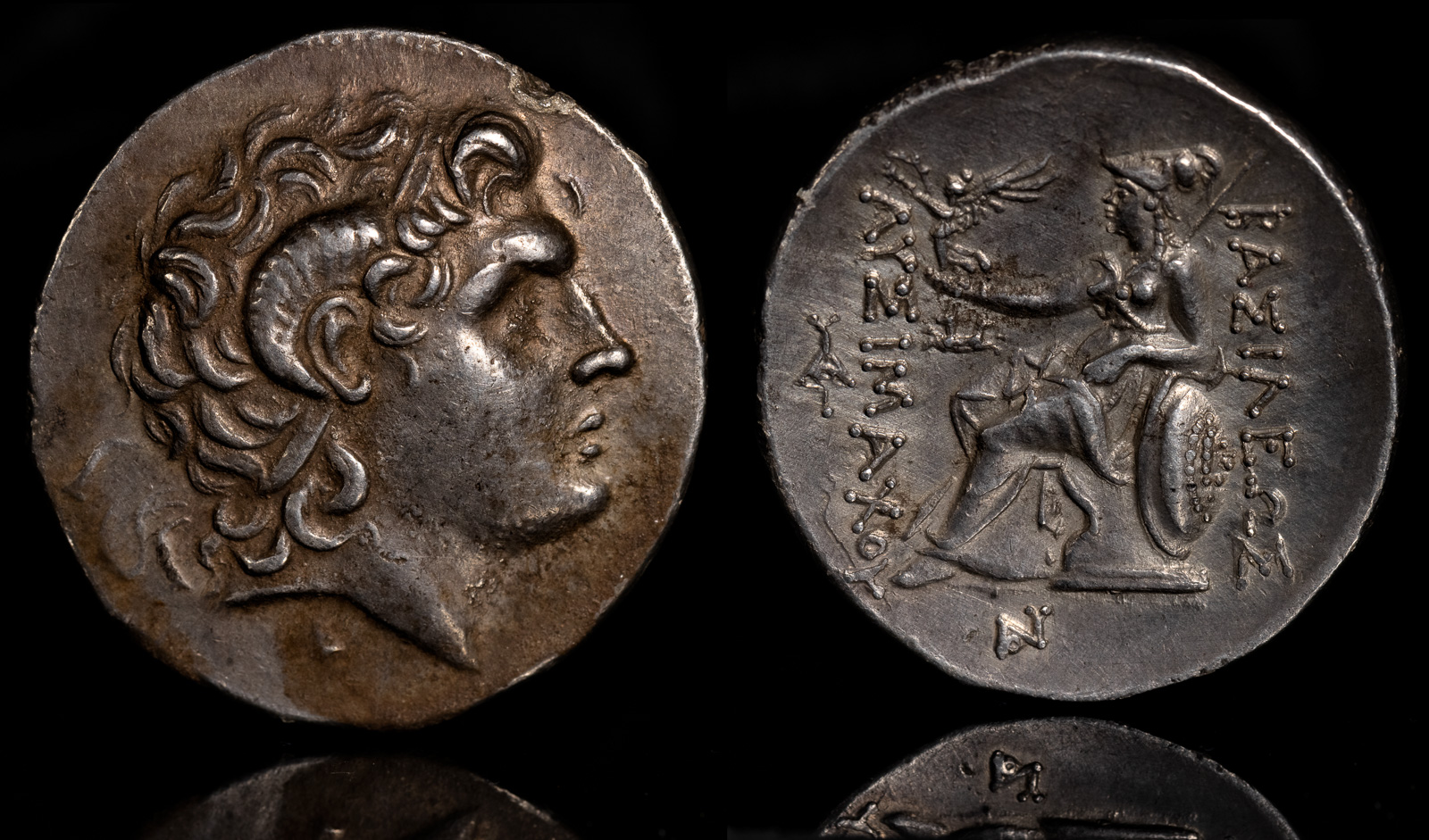Cippus
View All Tags
One of the most common uses of the cippus was as a boundary marker. These cippi, known as cippi terminales, were placed along property lines, roads, or territorial borders to define ownership or jurisdiction. They often bore inscriptions specifying the purpose of the marker, the names of those involved, or penalties for those who violated the boundary. For example, cippi marking the boundaries of sacred or public lands might include curses or warnings against trespassers, reflecting the legal and religious importance of respecting such limits.
In a funerary context, cippi were used as grave markers, especially for individuals of modest means. These cippi might include the deceased’s name, age, and achievements, often accompanied by a brief epitaph. Unlike larger and more elaborate funerary monuments, cippi provided a simpler means of commemorating the dead, but they still served as a tangible connection between the living and the deceased. Inscriptions on funerary cippi sometimes included pleas for passersby to remember the deceased or invoke blessings upon them.
Cippi also served other practical and symbolic roles in Roman society. For example, they were used as milestones along roads to indicate distances, contributing to the organization and efficiency of the Roman transportation network. In temples or sacred spaces, cippi might mark off areas reserved for religious activities, helping to delineate sacred boundaries. They could also commemorate significant events, such as military victories or public works projects, serving as enduring reminders of Roman achievements.

Lysimachos
287/281 BCE
Perinthos 17.08g
Kopf des vergöttlichten Alexander / Athena mit Nike-Statuette auf Cippus und Schild, Beiz. Monogramm und 2 gegenläufige Pferdeprotomen.
Thompson in Festschr. Robinson (1968), -, vgl. 256 HGC 1750q; Thompson, Armenak-Hoard (=ANS MN 31, 198 – Müller, Lysimachus – Arnold-Biucchi in Festschr. Price (1998) Unpublished variant(?)